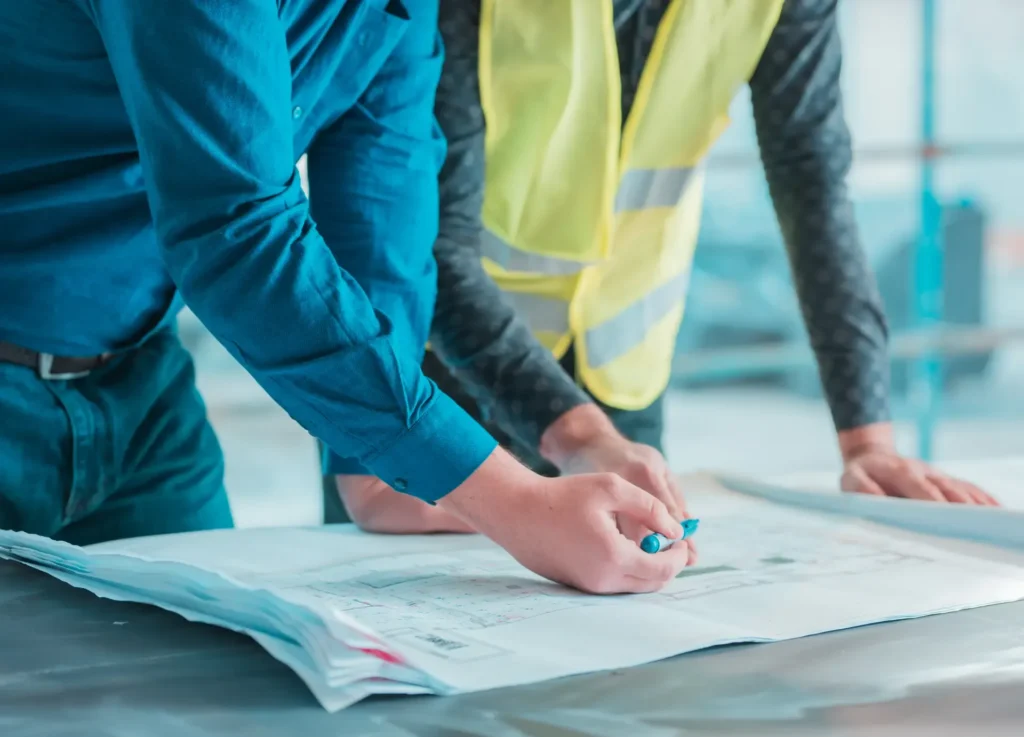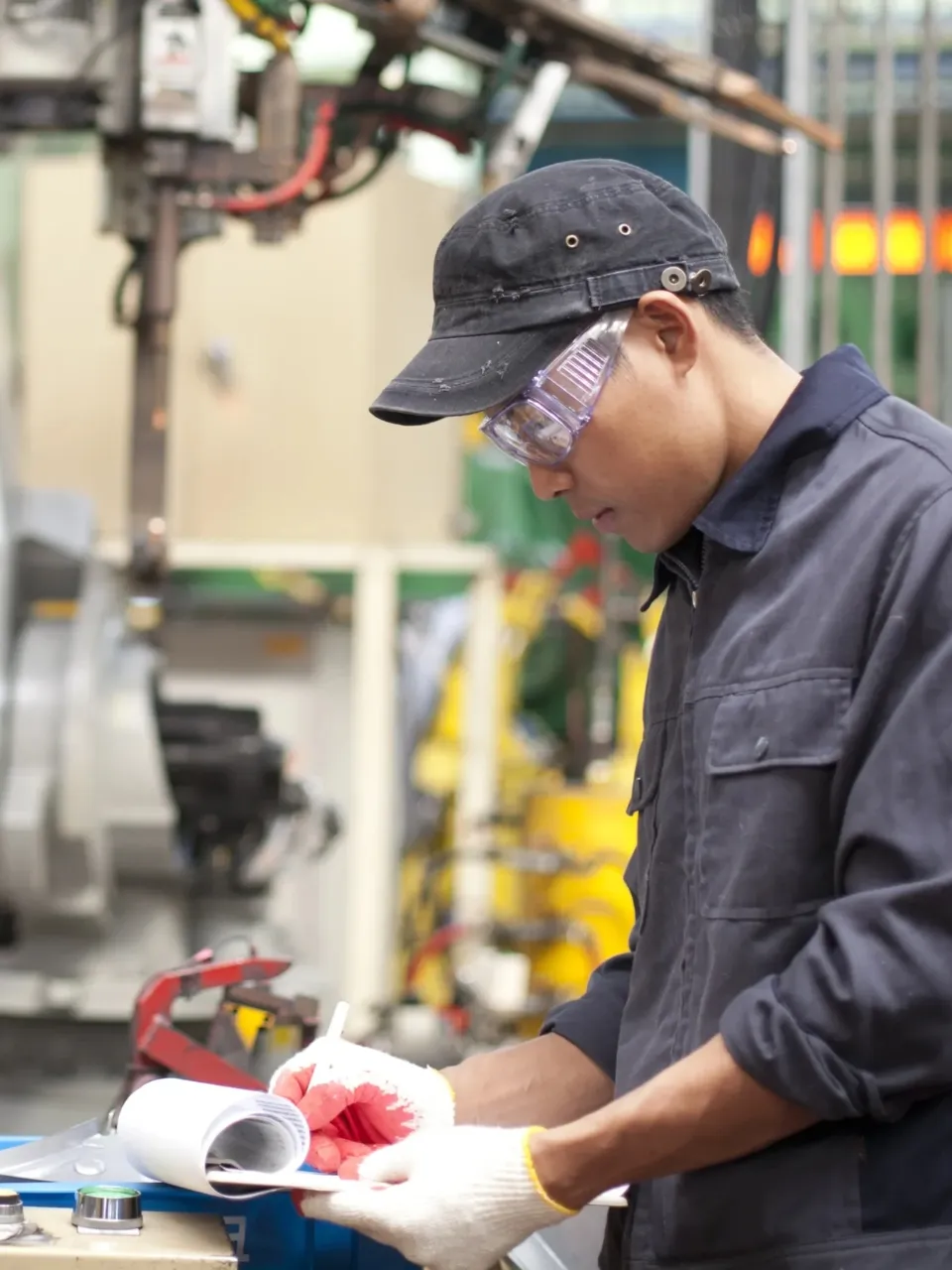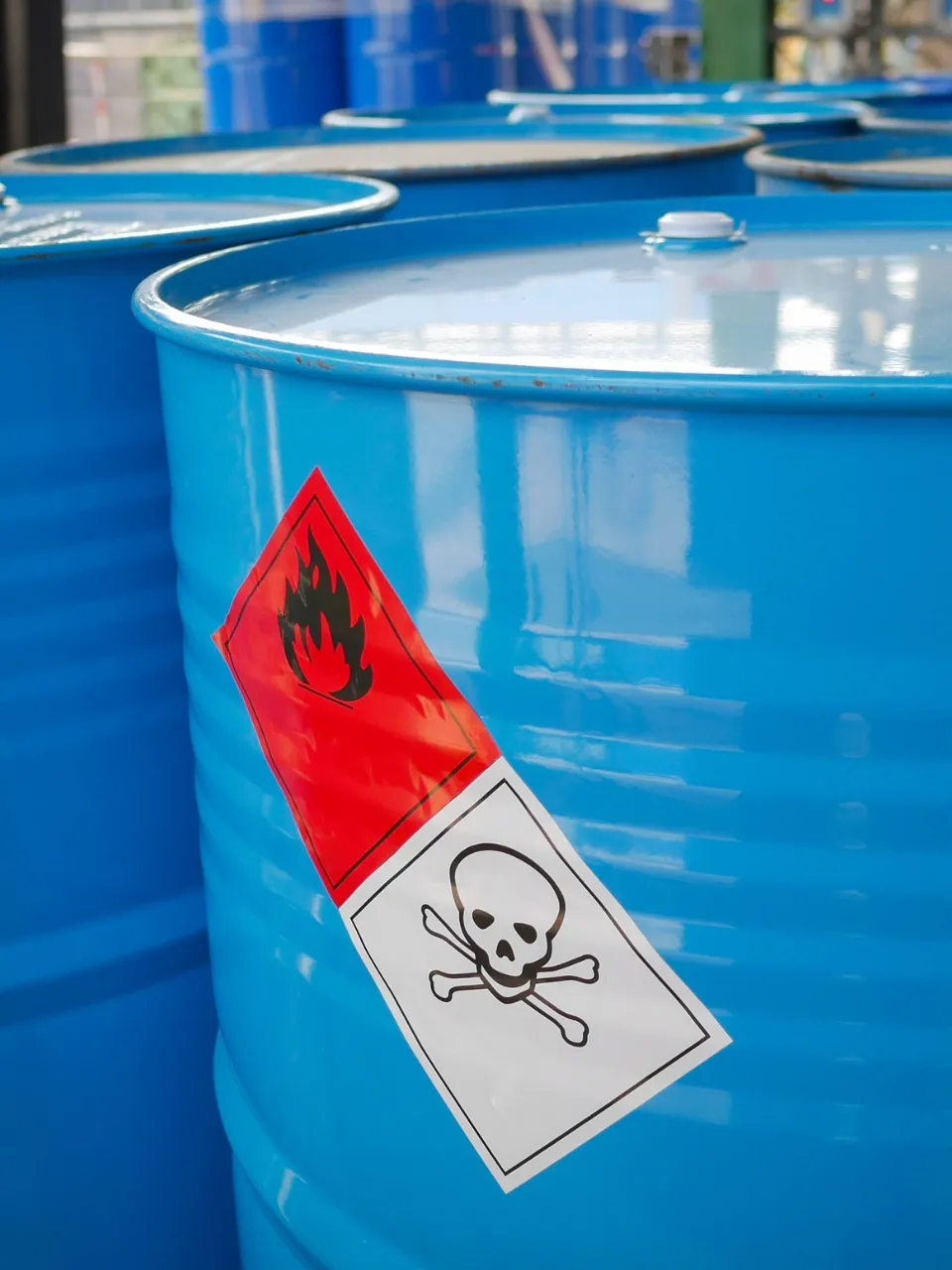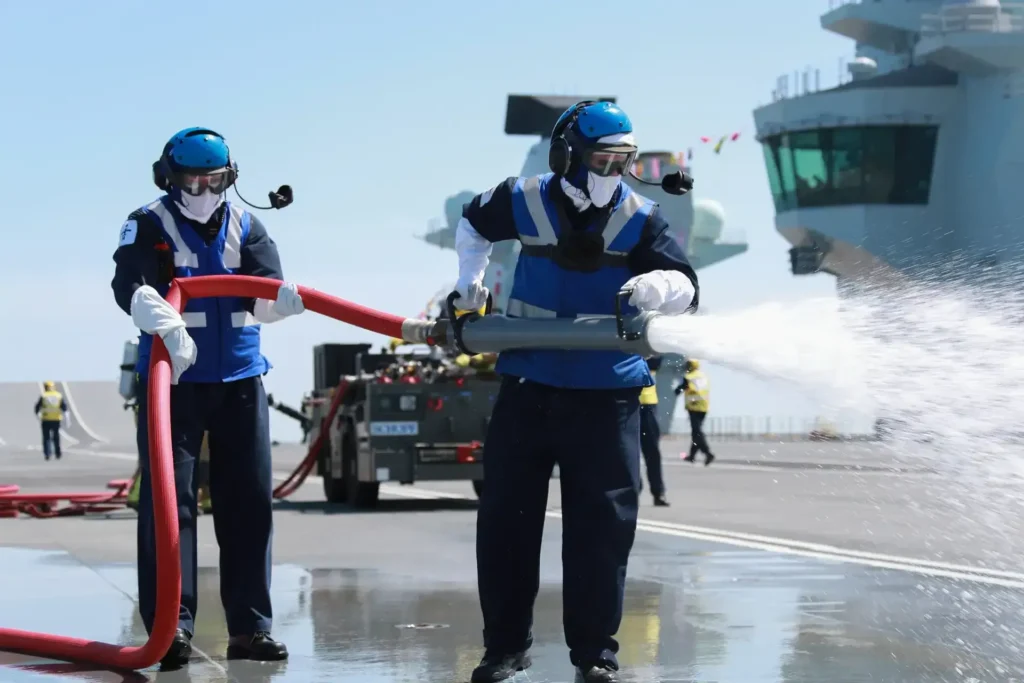Safeguard Engineering was established to meet a growing demand for a safety and environmental engineering specialist, that is completely impartial, cost effective and operates with the highest levels of integrity and trust.
We support design teams to ensure the effective integration of safety within the design, construction and setting to work of facilities used for a variety of hazardous processes and storage activities.
Our team has worked with numerous defence, governmental, and commercial organisations, supporting their teams to remain safe, secure, and compliant.
We support design teams to ensure the effective integration of safety within the design, construction and setting to work of facilities used for a variety of hazardous processes and storage activities.
Our team has worked with numerous defence, governmental, and commercial organisations, supporting their teams to remain safe, secure, and compliant.
Our team comprises seasoned professionals with diverse backgrounds drawing from various roles within the MoD, including former Safety Managers, Military Engineers, Independent Safety and Environmental Auditors and Defence Regulators.
We have experience working with facilities that include those used for:
In each case, we work with design teams to establish a safety management plan and then undertake hazard identification activities. Our work is tailored to reflect the maturity of the design, the complexity of the facility or process, and the risks presented by the design.

A hazard schedule is used to determine the design and management safeguards that must be in place to ensure the risks associated with the identified hazards are managed effectively and acceptably and reduced to a level considered tolerable and ALARP (As Low As Reasonably Practicable). The identified safeguards can then be used to guide the design team or the future operators to ensure that the associated requirements are integrated within the design or operation activities.
Such a process can be integrated into the technical requirements management process and subsequently subject to a substantiation activity as a means of demonstrating to governance bodies or regulators that all technical and safety requirements (e.g. DSA 03.OME (formerly JSP 482) or ER 2014 for explosives facilities, or DSEAR for facilities where hazardous atmospheres may exist) have been incorporated within a design, within a built facility, or within an organisations safety working procedures.
We can then use the output from these activities to generate a Design Safety Case Report, showing that a design is “Safe to Operate”, or an Operational Safety Case Report, showing that the built facility will be “Operated Safely”.
Design
Safety and Environmental Risk Management
Demonstrable Compliance
SQEP Staff
We’ve worked with a number of defence, governmental and commercial organisations to support the effective integration of safety within the design, construction and setting to work of facilities used for a variety of hazardous process and storage activities.

Effective safety and environmental risk management is critical to ensuring that all potential hazards are identified, assessed, and mitigated to prevent accidents and environmental damage. This involves a systematic process that includes:
By integrating safety and environmental risk management into the design and operational processes, clients can ensure that all necessary precautions are taken to protect their personnel, the public, and the environment. This proactive approach not only helps in achieving regulatory compliance but also enhances the overall safety culture within the organisation.

We use the output from the Hazard Schedule activities to generate a Design Safety Case Report, showing that a design is “Safe to Operate”, or an Operational Safety Case Report, showing that the built facility will be “Operated Safely”.
The integration of this demonstrable compliance process ensures that safety and environmental considerations are not only documented but also verified and validated through a structured approach. This provides confidence to stakeholders, including regulatory bodies, that all necessary measures have been taken to manage risks effectively.

We draw upon our extensive knowledge and expertise to seamlessly collaborate with your teams and serve as project partners you can rely on with complete confidence.
We’re committed to providing exceptional value to our clients by facilitating upskilling, bridging resource gaps and consistently meeting deadlines and budgets. Whether it’s a fixed-term or long-term project support you require, our staff are dedicated to supporting you in a manner that is both cost-effective and efficient.

Explore a range of capabilities we provide to drive excellence and innovation in this sector:

Safeguard Engineering is thrilled to mark a new phase of growth with the addition of Phil Harris to the company. Phil joins our Bristol team...
Get in touch and speak to a specialist about the support we can offer you.
Sign up for our email newsletter
We are an ISO 9001:2015 Quality Management System certified company.
Registered in England and Wales No. 8396115. VAT No. 156603903.
Copyright ⓒ Safeguard Engineering 2025. Designed by Damteq®